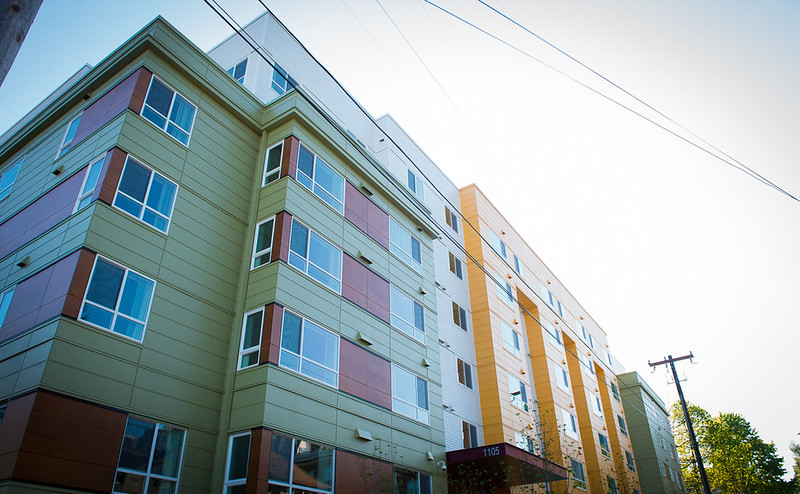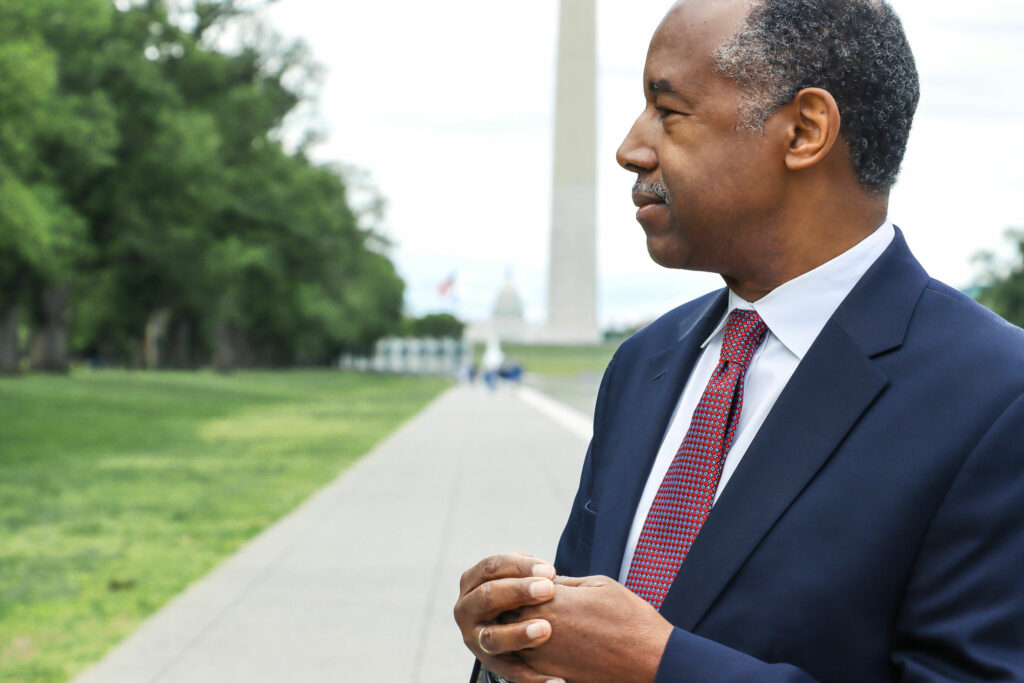 It’s long past time we rethink our national approach to homelessness and realize as a nation that the government policy of “housing first” has not achieved the results it has promised. In fact, despite spending billions of taxpayer dollars, homelessness across the United States has only increased. According to the U.S. Department of Housing and Urban Development’s Annual 2022 Homeless Assessment Report (AHAR), which is based on a periodic count of homeless individuals, the number of homeless increased for the sixth consecutive year. The COVID-19 pandemic prevented most communities from conducting full counts in 2021, but by all estimates, these “point-in-time counts” are usually undercounted, particularly for the unsheltered homeless. Nonetheless, they remain the most reliable estimate of people experiencing homelessness.
It’s long past time we rethink our national approach to homelessness and realize as a nation that the government policy of “housing first” has not achieved the results it has promised. In fact, despite spending billions of taxpayer dollars, homelessness across the United States has only increased. According to the U.S. Department of Housing and Urban Development’s Annual 2022 Homeless Assessment Report (AHAR), which is based on a periodic count of homeless individuals, the number of homeless increased for the sixth consecutive year. The COVID-19 pandemic prevented most communities from conducting full counts in 2021, but by all estimates, these “point-in-time counts” are usually undercounted, particularly for the unsheltered homeless. Nonetheless, they remain the most reliable estimate of people experiencing homelessness. Housing First is a homeless assistance approach that prioritizes providing permanent housing to homeless individuals without any requirements before accessing or retaining housing. Housing first moves homeless people from the streets or shelters to permanent subsidized housing, while providing support services to improve housing stability. However, even after over a decade of implementation, it has not been clear that Housing First strategies have been successful in reducing homelessness. Federal funding for homelessness assistance has increased every year over the last decade, even before the billions allocated during the COVID-19 pandemic. From 2009-2019, federal homelessness assistance spending increased 200%. From 2014 to 2019, the number of rapid rehousing and permanent supportive housing units increased to 42.7%. Yet over that same period, the number of unsheltered individuals in the U.S. increased by 20.5%.
Our once-great cities are seeing homelessness skyrocket. In San Francisco and Los Angeles, early adherents to the Housing First philosophy are seeing unsheltered homelessness only continue to increase. In California, homelessness grew by 47% despite a 33% increase in the number of housing units.
A Harvard study that assessed the long-term effectiveness of permanent supportive housing found that while housing retention in the first year was high, rates declined precipitously thereafter. After 10 years, just 12% of the previously homeless remained housed. The simple truth is that other solutions must be brought to make an impact on this issue, and housing this vulnerable population will require more long-term medical and social supports, rather than simply providing these people housing.
Before Housing First, the homeless population had available to them a variety of housing and services that reflected the community’s needs. Permanent supportive housing and other low-barrier housing for the homeless became the priority for funding needs at the expense of short-term shelter and other transitional housing programs and homeless service systems. After the adoption of Housing First by HUD, local communities changed their funding priorities and the number of transitional housing beds fell by nearly 50%. Additionally, homeless service systems focused less on substance abuse, mental illness, and other social ills that contribute to the underlying struggles that homeless individuals face.
It is clear the Housing First policy is failing our most vulnerable, and we must change course as a nation. Given the pressures of the economic downturn and increasing cost of housing, which is placing more individuals and families at risk for homelessness, the federal government should reassess its emphasis on Housing First policies and allow for a holistic approach that includes addressing mental illness and substance abuse.
